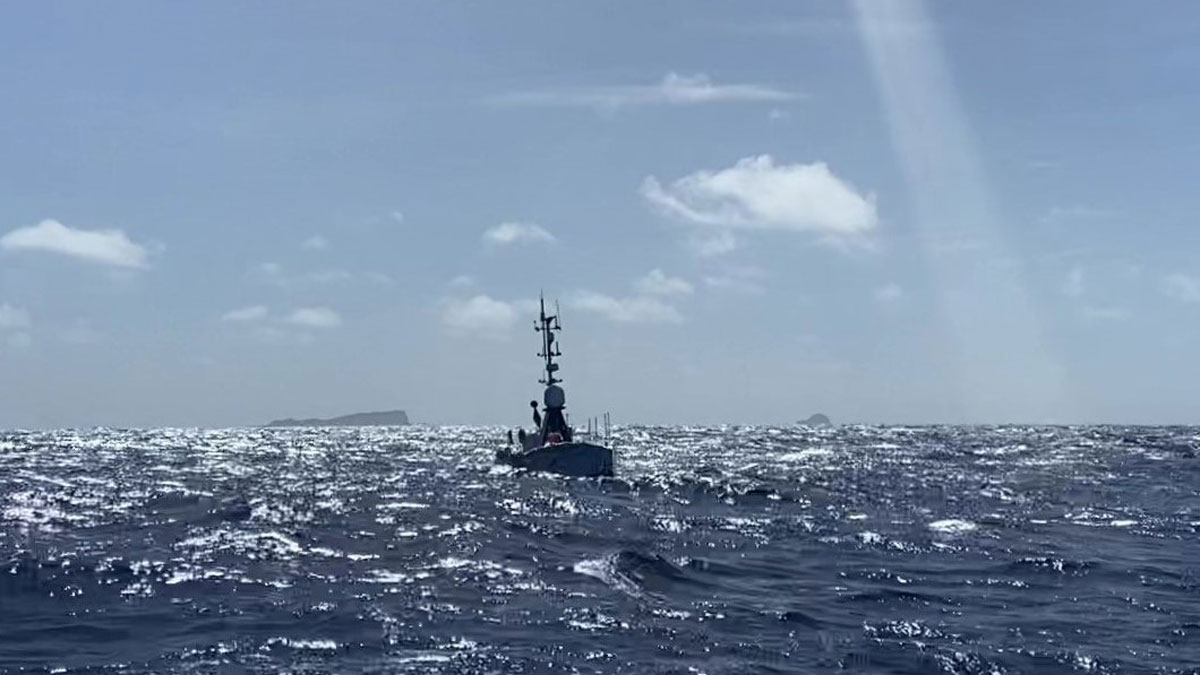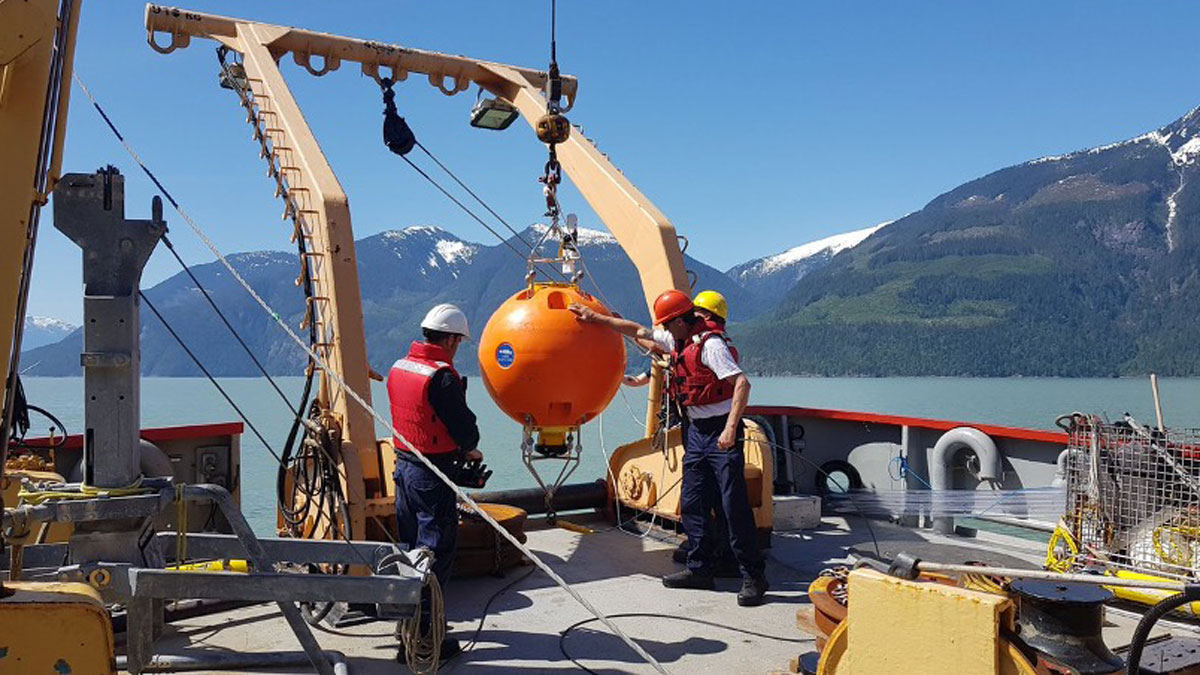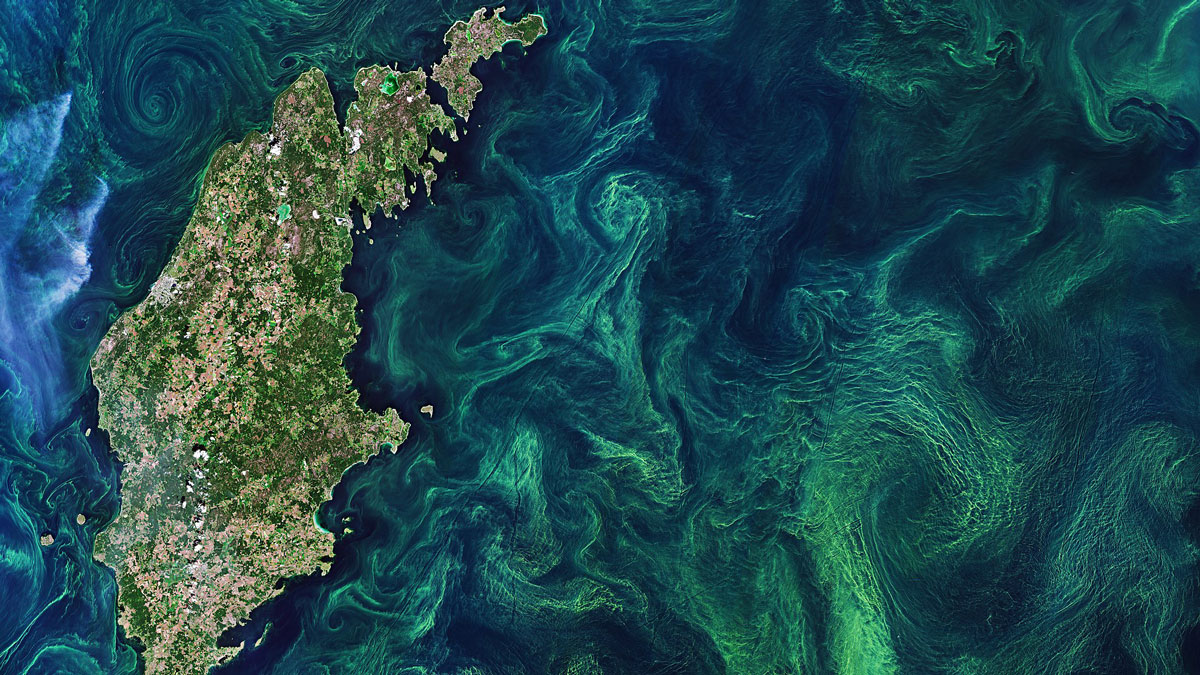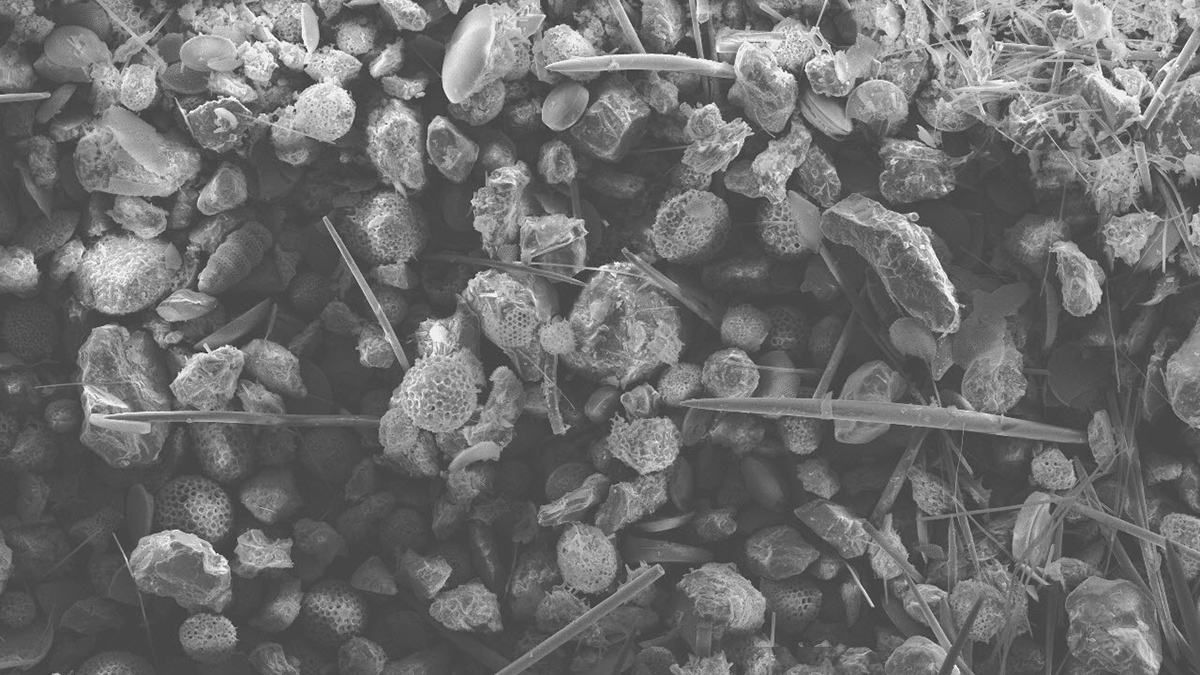Measurements of Hunga volcano’s crater continued for months after its 2022 eruption.
Oceans
Scientists Are “Gobsmacked” by the Variability of Seafloor Currents
The speed and direction of deep currents off Mozambique’s coast are more subject to change than scientists expected.
Shallow Waters Make the Best Carbon Sinks
Oxygen content and microbial prevalence may not be as influential on carbon sedimentation as previously thought.
Sensing Remote Realms of the Deep Ocean on Earth—and Beyond
A novel laser-equipped probe is collecting measurements of deep-sea geochemical environments that once seemed impossible to gather, pointing the way toward future explorations of other ocean worlds.
Ocean Spray Is Relatively Lifeless
Organic contributions from ocean organisms are sparse in sea spray, helping to clarify predictions of its impact on the climate.
Atmospheric Effects of Hunga Tonga Eruption Lingered for Years
A new study builds on previous research of the underwater volcano’s effects on the climate.
Climate Model Simulates Unusually High Heat over the Southern Ocean
U.K. researchers compare HadGEM3-GC3.1 simulations of near-surface air temperatures with those from other state-of-the-art models.
Physics Meets Machine Learning for Better Cyclone Predictions
A new hybrid modeling approach combines physics-based and machine learning models to extend—and improve—path and intensity predictions of tropical cyclones.
Clays May Have Slowed Earth’s Recovery After the Great Dying
Without tiny marine organisms using silica for shells, Earth’s oceans generated more clay, released more carbon dioxide, and kept Earth warmer for longer.










